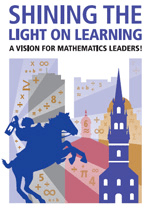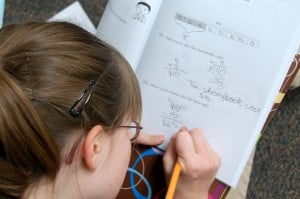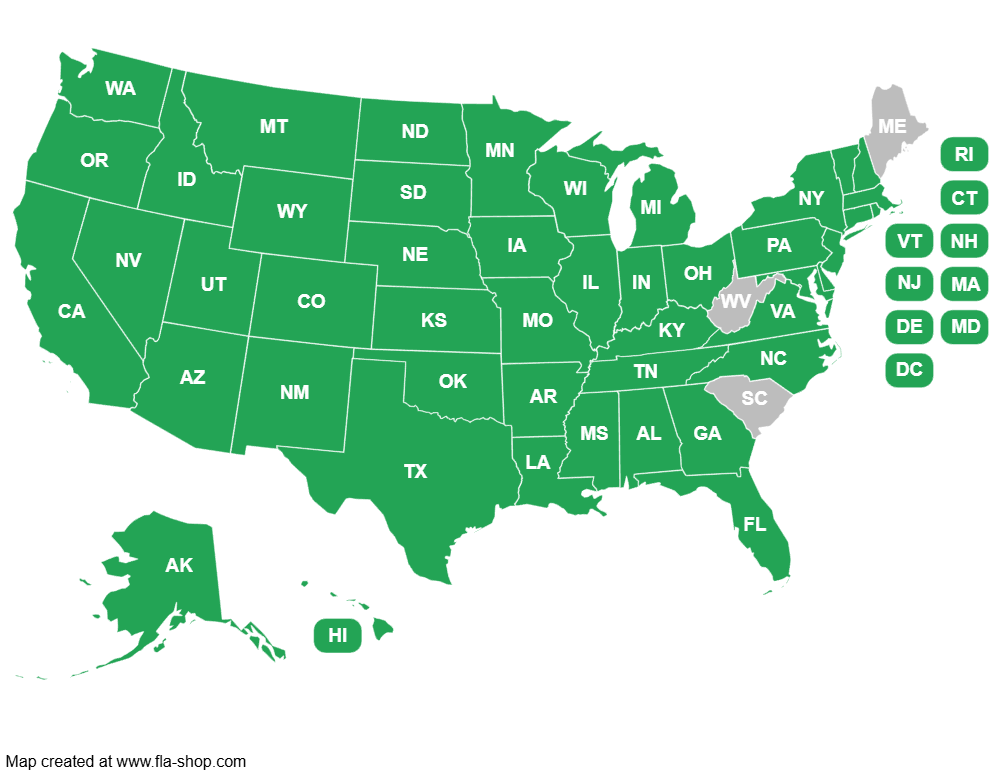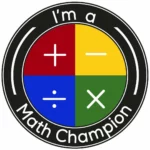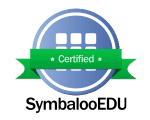My session entitled Strip Models, Tape Diagrams, Bar Models, Oh My! has been accepted for both 2015 national conferences of the National Council of Supervisors of Mathematics (NCSM) and the National Council of Teachers of Mathematics (NCTM). Lauri Susi of Conceptua Math is my co-presenter on these!
Now you can vote for the session to be held at the National Charter Schools Conference (NCSC) as well. We’ll reach a whole new crowd of Charter School administrators, teachers and founders!
The short description of the session:
Strip Models, Tape Diagrams, Bar Models, Oh My!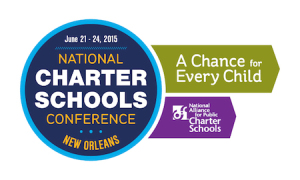
These visual components sit at the intersection of Common Core, the Singapore Math® approach, and now technology! Learn why visual models for word problems are so powerful, try some problems from the simple to the complex, and investigate web-based programs and iPad apps that will help anyone incorporate this effective strategy into their classrooms.
Vote by December 19th to get this session on the schedule!
Vote for Cassy’s NCSC Proposal!

